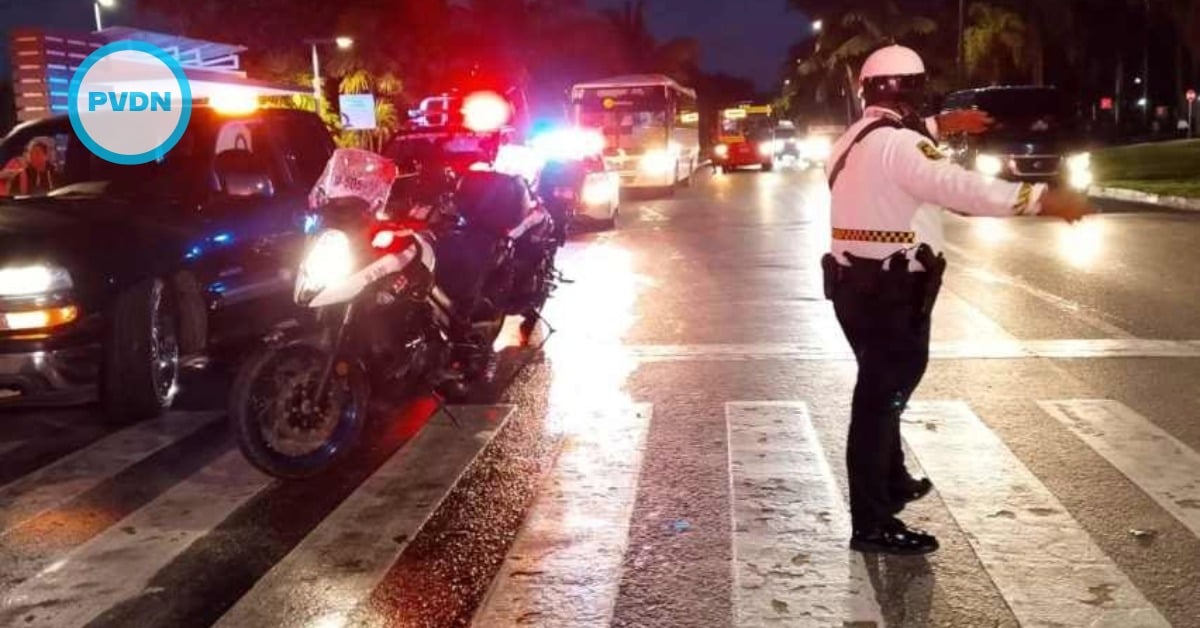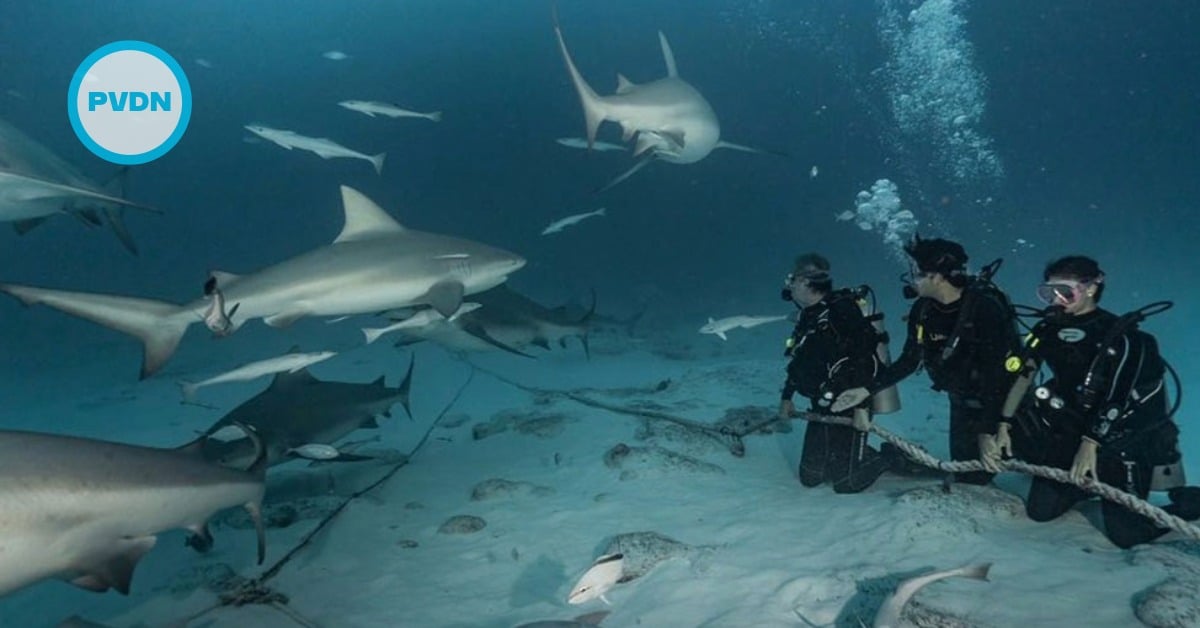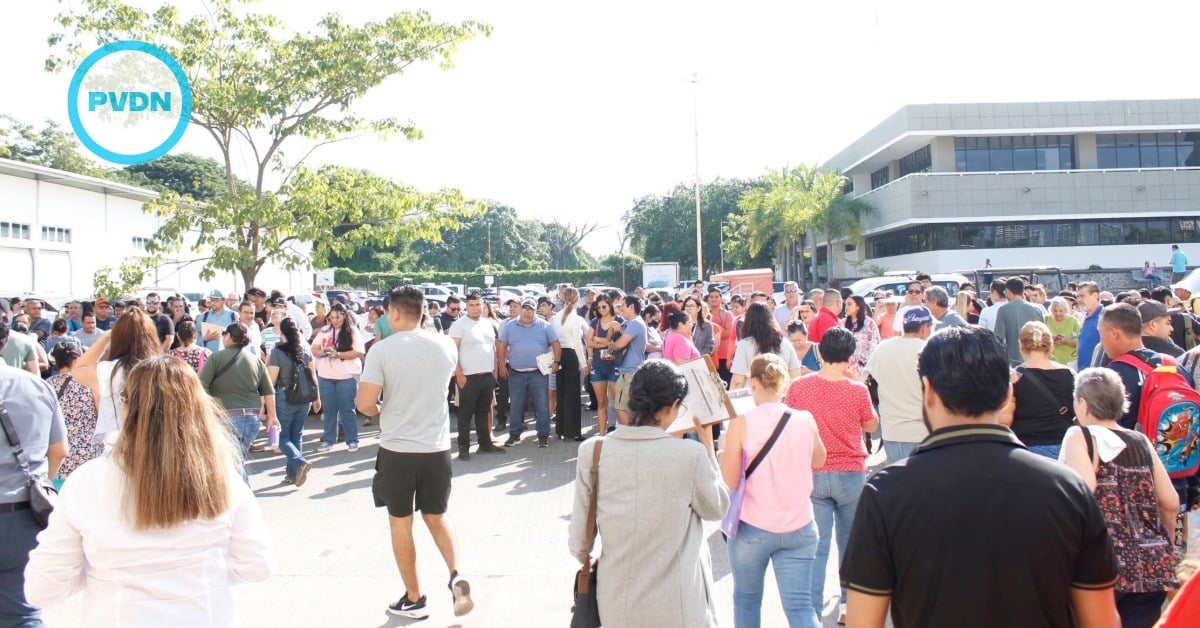Upon arrival, a sign welcomes guests with "The Friendliest City in the World," but coming into the city it appears the center has run out of "friends" along the malecón and Morelos Street - abandoned store fronts, something unthinkable a few years ago. One empty restaurant displa…




